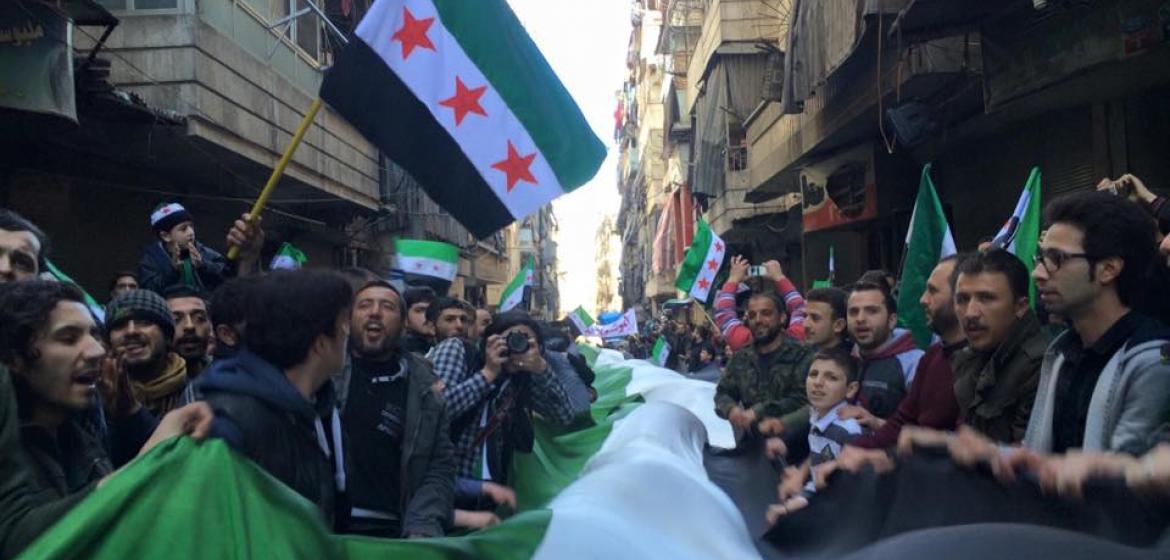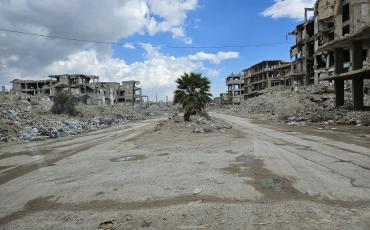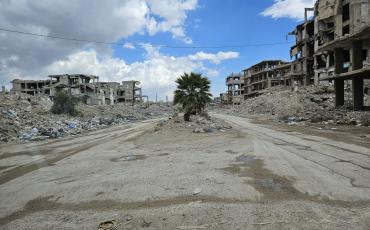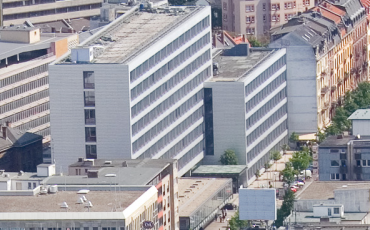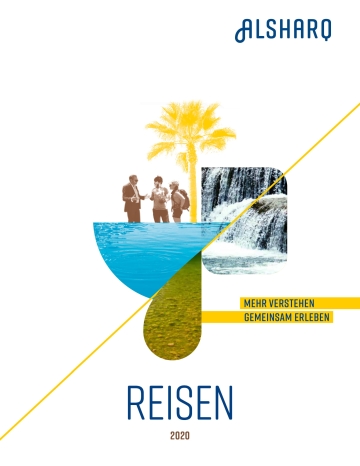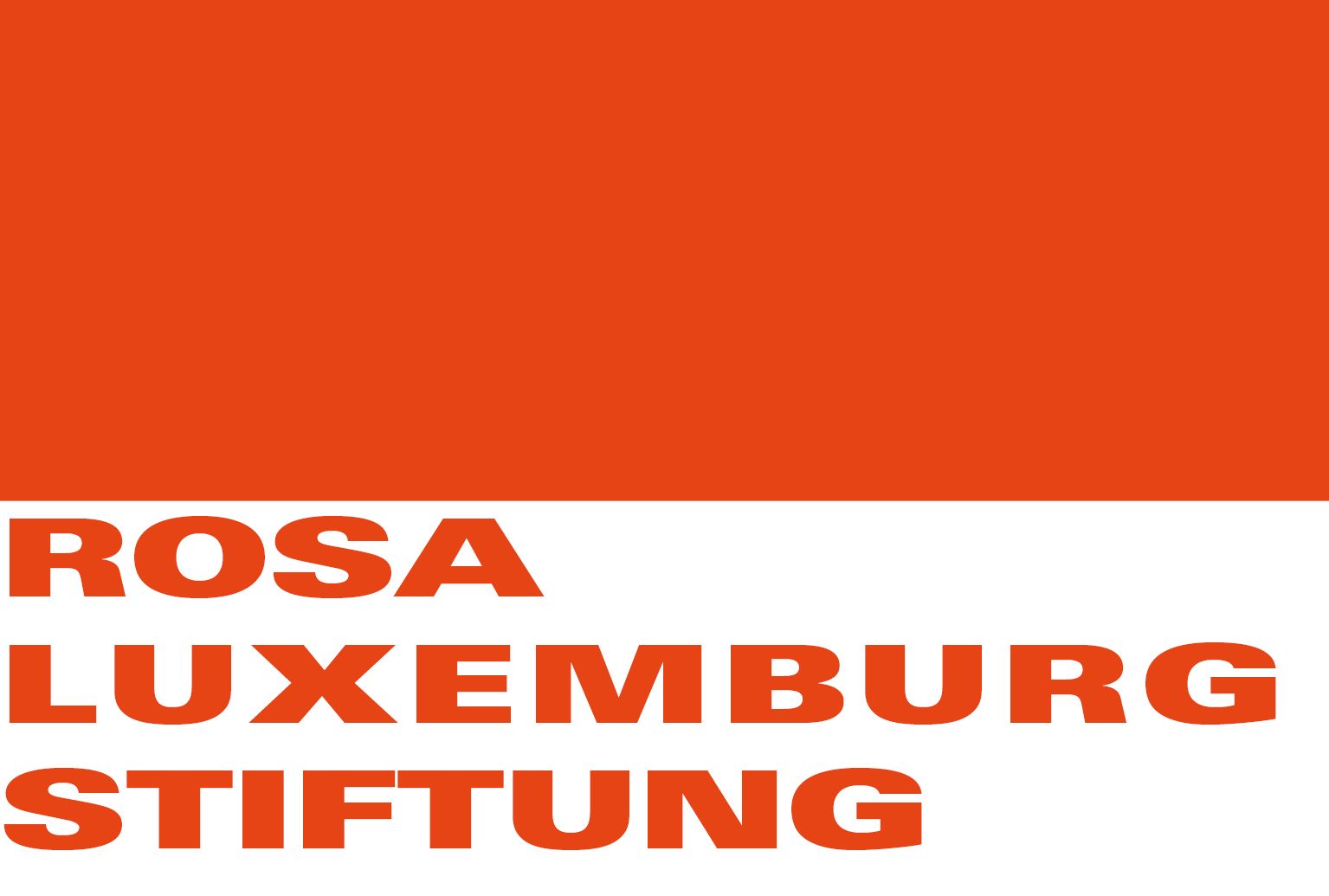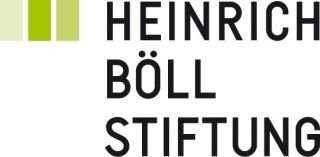Since the cease-fire agreement was settled between the Assad regime and oppositional groups a few weeks ago, civilians all over Syria have started to take to the streets again. They try to continue with what they had started five years ago: a peaceful revolution with the "ultimate goal of freedom and the overthrow of the regime". A comment by Yahya Al-Abdullah
It has been difficult for the last four years to talk about the Syrian revolution as a revolution. As a Syrian, especially one that is living abroad, you quickly found yourself in the defensive mode. There is this urge to prove to everyone that the demands that originally brought people to the streets are still legitimate. But our memory is fickle; people only remember what happened last week, or merely what is currently happening. The word ‘Syrian’ has lately become the equivalent of refugee. And the people who are still inside the country are considered to either fight for their survival or a religious cause.
From "Syrian Revolution" to "Syrian Civil War"
These new stereotypes emerged because the media started paying attention to Syria only a long time after the revolution had started. But at this point, the Syrian regime had already managed to put off the peaceful spark of the revolution. In so doing, it also blurred the main cause of why people took to the streets: chanting for freedom and willing to topple an oppressive corrupt dictatorship, or almost a monarchy, that had been ruling Syria for more than forty-three years.
The tactics the regime used are not new to any politician, historian, or scholar: Deviating the focus from a peaceful movement to an illegitimate destructive chaos. The first step to do so was by introducing a different kind of fear, namely the fear of a sectarian war. The ethnic and religious minorities in Syria either bought this narrative, or remained passive at the beginning. The peaceful demonstrators though did not buy it. They kept going and the revolution expanded all over the country.
The second tactic employed by the Assad regime was an old fashioned one too: Assad released some prisoners who had been arrested for being Muslim extremists. Those prisoners started armed movements against Assad who, on his part, portrayed them as illegitimate revolutionary leaders who should be exterminated before destroying the country. Again, the protesters did not stop their peaceful demonstrations although there was a lot of blood on the streets, primarily instigated and shed by the regime’s military and intelligence forces. More killings and destructions started taking place and Assad began to use his air force – leaving no option for the peaceful civilians but to fight back. As a result, the Free Syrian Army was formed.
As war is known to be a very successful business, many other external powers showed interest in the Syrian case and started supporting the different parties. Assad got the biggest support from his allies Russia, Iran, the Lebanese Hezbollah, China and the Shiite Iraqi militias. On the other hand, the demonstrators who had started to fight against Assad received support from Saudi Arabia, Qatar, Turkey and the United States.
At this point, the Syrian revolution started to get more publicity internationally and was referred to with different names: the Syrian civil war, the Syrian conflict, the Syrian crisis etc. - but it was never credited for what it (originally) was: the Syrian Revolution.
Assad and Daesh - the better solution for the West
In 2013, the "Islamic State" (IS), or more accurately Daesh as we say in Arabic, came to play a central role in Syria. This seemed puzzling to everyone: How could a terrorist group like Daesh emerge and get all this power – apparently – out of nowhere? How could they manage to take over all this territory in Syria without any obstacles? To address those questions, I will tackle one specific point about the expansion of Daesh in Eastern Syria.
Under the name of 'Islamic Reformation', Daesh started taking over areas liberated by the Free Syrian Army. This was possible not only because they have vast scores of arms and trained fighters. Another reason is that they focused on Sunni areas in the country where tribal connections still matter a lot. In those areas, Daesh refused to fight Assad before having "purified" the nation so they'd be prepared for the battle against Assad – which never took place at the early stages. Instead, Daesh was keen to disrupt all the civil and peaceful demonstrations in their areas of control. For his part, Assad also did not get involved in a fight with Daesh in the beginning, neither on the ground nor by using his air forces - both of which he did use against civilians and fighters of the Free Syrian Army.
Yet, the Assad regime was very active to report about the "threat of IS" and "Islamic fundamentalism" in Syria. Seen in this light, it is important to mention that up until mid 2013 peaceful demonstrations were still taking place in some parts of the country, such as Kafranbel, Daraa and the liberated areas in Damascus. However, the whole world media was busy reporting about Daesh and the escalation of violence in the country. One more time, Assad and his allies managed to distract the international attention from the main cause of the so called ‘Syrian Conflict’.
In 2014-2015, when the barrel bombs were used on a grand scale all over Syria, people started fleeing the country in huge numbers, many of them heading to Europe in search of asylum and refuge. Yet, surprisingly enough, many Western leaders started to talk about keeping Assad as the president using the ‘Mature State’ argument. Even though the two main reasons for people to flee Syria were Assad and Daesh, the West and the so called ‘Liberal Governments’ saw Assad as the better solution and brought him to the table again.
In the meantime, despite all the barrel bombing, Assad lost more and more areas to the Syrian rebels. So he asked Russia for help. And within a few months, the Syrian regime – supported by Russian air jets, Iranian fighters, fighters from Hezbollah and the Shiite Iraqi militias – managed to regain important territories. Then, to everybody’s surprise, Russia recently decided to withdraw most of its military and air forces from Syria. The Russian government announced that its objectives had been achieved and Syria was now ready for a political solution. This announcement came ten days after the cease-fire agreement between the regime and the rebels was implemented.
The Russian withdrawal was both a relief and a sign of victory for plenty of Syrians inside and outside the country. However, they now more than ever need to work out an effective plan on how to procede.
Revival of peaceful demonstrations after the cease-fire agreement
The best effect of this cease-fire agreement is that Syrians in the liberated areas all over the country restarted to take to the streets in peaceful demonstrations again. Combined with the Russian withdrawal, more and more people are joining those demonstrations and the pulse of the revolution that had started five years ago is back again with stronger resilience. Syrians are coming closer and closer to the realization that the conflict will never come to an end unless they themselves get together and resolve it. And for them, the resolution now is to demonstrate peacefully to topple the Assad regime.
Now for me, there are two main concerns about the return of the peaceful demonstrations under the current circumstances. The first one is the role of Russia as a big power and Assad’s ally to observe and guarantee the completion of the cease-fire conditions (which is mainly not to attack civilians). The second concern is the international media coverage on the return of the peaceful revolution in Syria.
My first concern derives from the fact that for the last five years, Assad showed a great amount of brutality in his way of handling the Syrian revolution and used extra foreign forces, such as Iran and Hezbollah, to help him do that. He might go back to this standard in fighting what he calls ‘terrorist groups’ – and in this case the main target will be peacefully demonstrating civilians again. For its part, Russia has been playing the tranquilizer’s role during the cease-fire by reducing its air strikes to a very limited number. So far, there have been no reports about any air strikes targeting the peaceful demonstrations which are spreading all over the country now. However, the Assad regime is quite infamous for attacking, disrupting, detaining and shooting at demonstrators. So I hope Russia will stand by its promises, definitely not in terms of further military presence or intervention, but to continue to observe the cease-fire conditions so that a solution to the conflict can come from within Syria.
The second concern is that only Syrian and some international activists who mainly have been to Syria are trying to spread the word about the return of the peaceful demonstrations in Syria. The news agencys’ coverage of what is happening in Syria is still focusing on the suffering, the displacement of the population, and the number of casualties. What is lacking is the reinforced reporting of the fact that what happened in Syria was and still is a peaceful and legitimate revolution that was eclipsed by a criminal tyrant through bloodshed, detention and massive scale bombardment. But now people are back with a stronger will to continue what they have started five years ago until they achieve what they initially went to the streets for: more freedom and human dignity. And this cannot be achieved without toppling the Assad regime.
What gives us all hope now is an anecdote that took place last week in Maarrat Al-Nu’man which is one of the biggest towns in Idlib province. There, the al-Nusra front tried to disrupt a peaceful demonstration that took place in the city center but the demonstrators stopped them. The next day, men and women in Maarrat Al-Nu’man took to the town’s streets again in a demonstration against Al-Nusra asking them to leave the town. They also re-took a building that once belonged to the Free Syrian Army and was taken over by Al-Nusra and changed into a detention center. The chants were "Syrian people are one" and "Al-Nusra is out of here".
Only with the chants of freedom and the great return of all Syrians back to the streets can we continue what we have started five years ago. And with our resilience, this great revolution that was able to break the fear planted by the Assad regime forty years ago will be able to achieve its ultimate goal of freedom and the overthrow of the regime.
Yahya Al-Abdullah is a Syrian MA student of the School of Public Policy at Central European University in Budapest. Prior to that he was working as University Instructor in Istanbul.
He is member of a grass-root organization in Budapest called Migszol working with refugees on their political representation. Moreover, he organised a protest against the Russian Intervention in Syria in front of the Russian Embassy in Budapest in October 2015 and is at the moment organizing solidarity demonstrations in several European cities to support the return of the peaceful demonstrations in Syria.
Der Blog Alsharq ist ein Projekt von Ehrenamtlichen. Wenn Du unabhängigen Journalismus zum Nahen Osten nachhaltig fördern willst, werde Fördermitglied von Alsharq e.V.

